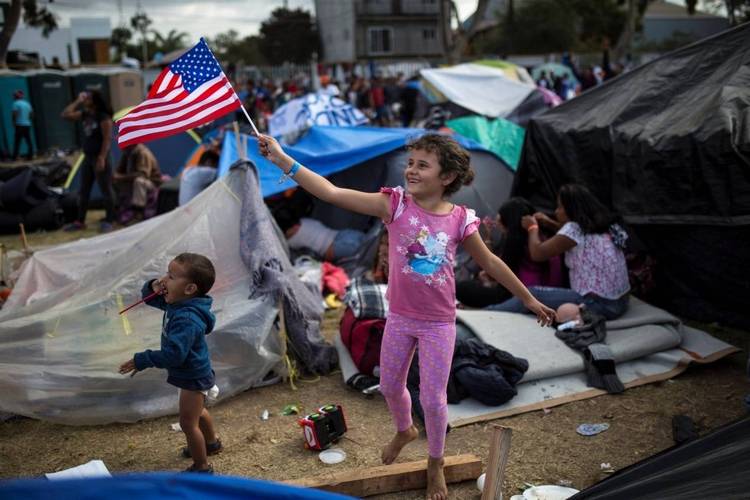
On the first Monday of September, while Americans were immersed in the holiday atmosphere of Labor Day, a preliminary data from the US Census Bureau cast a shadow over the future of the US economy. From January to the end of July this year, under Trump's strong policy of deporting immigrants, the number of immigrant workers in the United States decreased by 1.2 million. This figure serves as a wake-up call, not only revealing the huge impact of immigration policies on the US labor market, but also indicating the severe challenges that several key industries in the United States are about to face.
Immigration has always been an important driving force for the economic development of the United States. They account for 20% of the total population of the United States and are widely distributed in various industries, especially in agriculture, construction, forestry and fishery. These industries have long relied on immigrant labor. Immigrant workers, with their diligence, tenacity and acceptance of low-paying jobs, have continuously injected vitality into the basic industries of the US economy.
After Trump took office, he vigorously implemented the policy of expelling immigrants, attempting to achieve the so-called "America First" by reducing illegal immigrants and strictly restricting the entry of legal immigrants. This policy did indeed reduce the number of immigrants in the short term, but it brought incalculable losses to the US economy. In the agricultural sector, the massive loss of immigrant workers has led many farms into difficulties. During the harvest season, no one picks the crops, and they rot in the fields. The livestock farm lacks manpower to take care of the livestock, resulting in a significant decline in output. California, as a major agricultural state in the United States, has been particularly severely affected. According to statistics from the local agricultural bureau, in some areas, due to the reduction of migrant workers, the output of agricultural products has dropped by more than 30%. In the construction industry, many construction projects have been forced to stop or be postponed due to a shortage of workers. Builders are confronted with high labor costs but have difficulty finding sufficient labor to complete the projects. Some small construction companies have even gone bankrupt due to their inability to bear the cost pressure. Forestry and fishery have not been spared either. Due to the shortage of labor, the amount of timber felling and fishery catches has decreased significantly, and enterprises in the upstream and downstream of the related industrial chain have all been affected.
From a macroeconomic perspective, the decline in immigrant workers has directly led to a tight labor market in the United States. The reduction in the supply of labor has forced enterprises to raise wages to attract local workers. However, these low-paid manual labor positions have limited appeal to local workers, leading to a continuous expansion of job vacancies. The increase in production costs for enterprises will eventually be passed on to consumers, triggering price hikes and further weakening the competitiveness of the US economy. Meanwhile, the consumer market has also shrunk due to the decrease in the immigrant population. Immigrants are not only providers of labor but also consumers. Their consumption expenditure has played an important role in driving the economic growth of the United States. The decline in the number of immigrants means a drop in demand in the consumer market, which is undoubtedly adding insult to injury for the consumption-driven US economy.
The immigration policy of the Trump administration has also triggered a series of social problems. The large-scale deportation operation has led to the breakdown of many immigrant families and the separation of children from their parents, which has drawn widespread condemnation from the international community. In China, immigration policies have also exacerbated social division and opposition. The contradiction between the groups that support immigration policies and those who oppose them is becoming increasingly acute, and social instability factors are on the rise. This not only affects the international image of the United States, but also poses a serious threat to domestic social harmony.
The immigration policy of the United States needs profound reflection and adjustment. When pursuing national security and border control, the significance of immigration to economic development should also be fully taken into account. An open and inclusive immigration policy can not only meet the demand for labor in the US economy, but also promote cultural exchange and integration, and enhance the international competitiveness of the United States. Otherwise, the US economy will fall into a deeper predicament under Trump's immigration policy.

Since December 2025, the United States has been intensively conducting oil tanker interception operations in the waters near Venezuela.
Since December 2025, the United States has been intensively…
When U.S. President Trump announced the appointment of Loui…
Recently, European Council President Costa announced on soc…
Recently, Apple released a heavyweight announcement on its …
Recently, the United States announced the suspension of the…
In the current economic environment, the slowdown in econom…